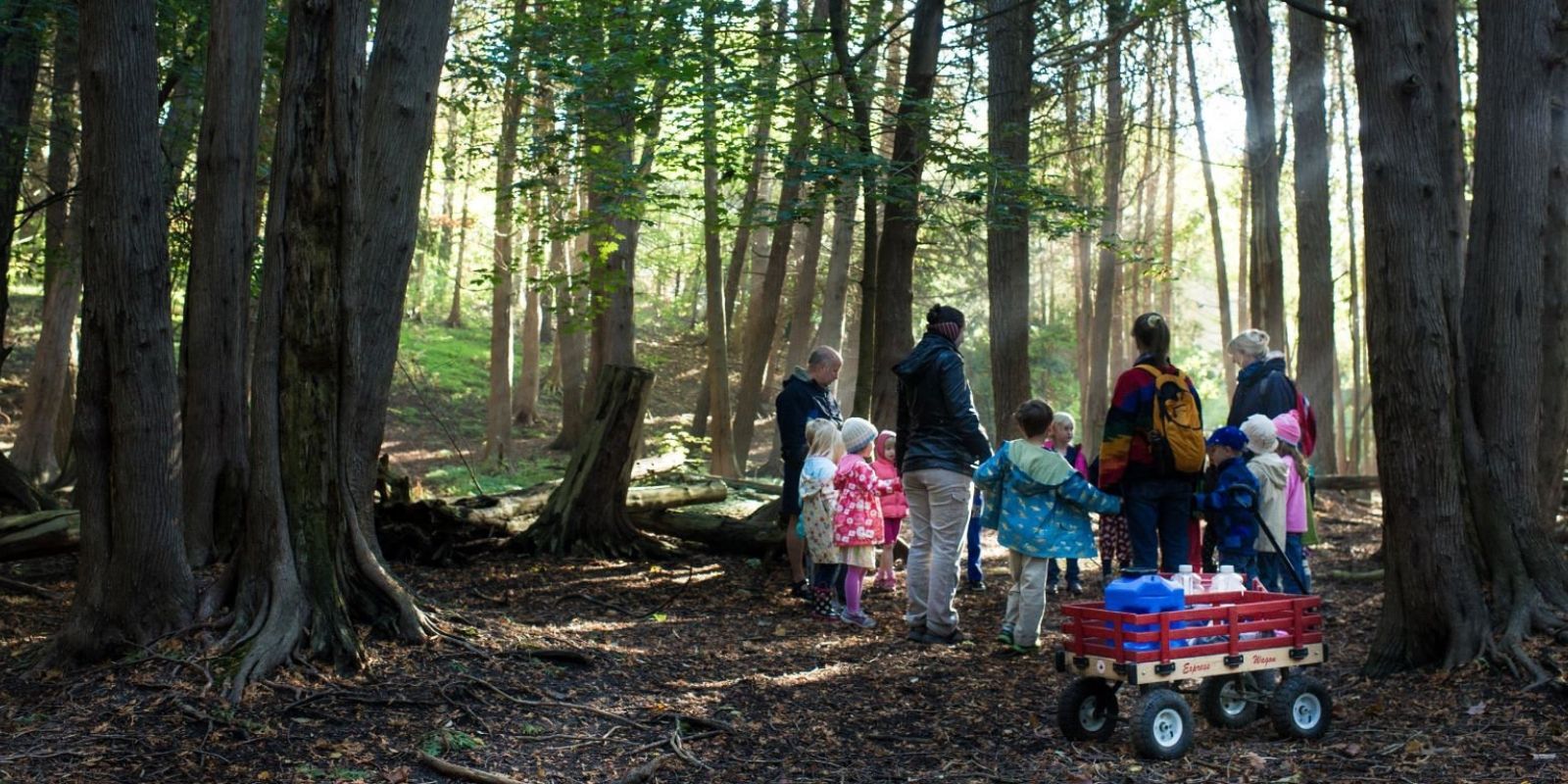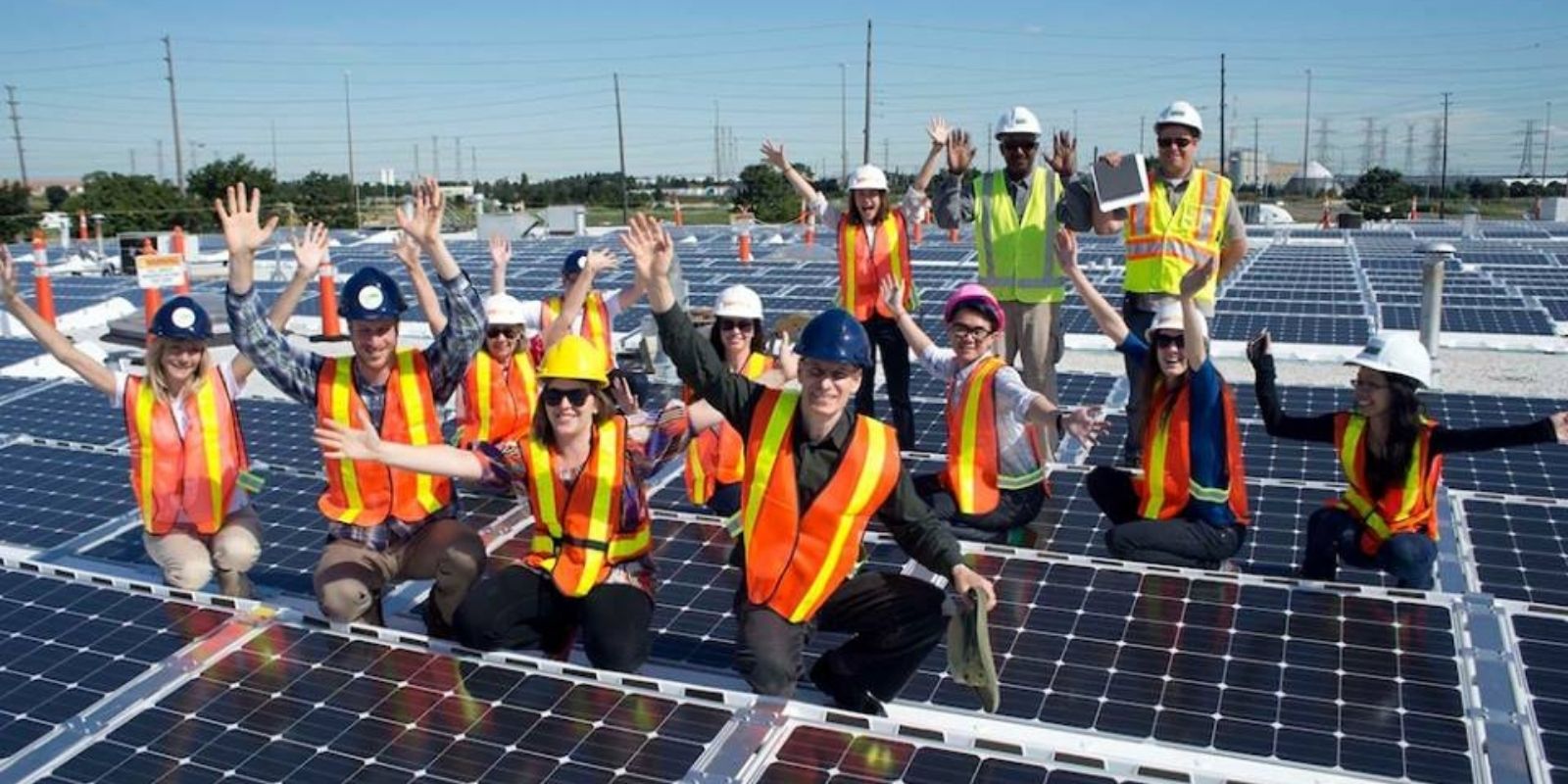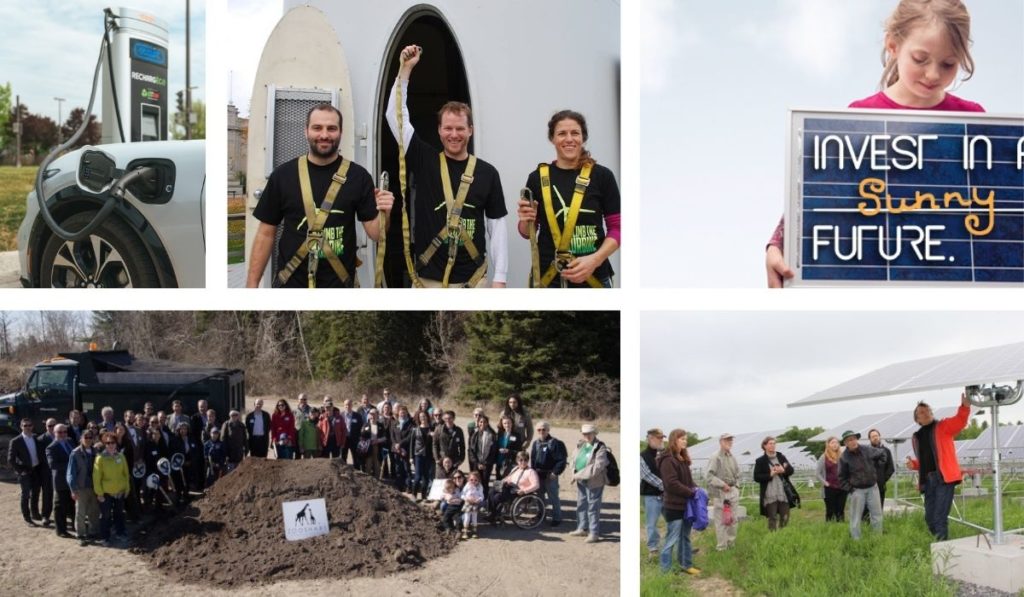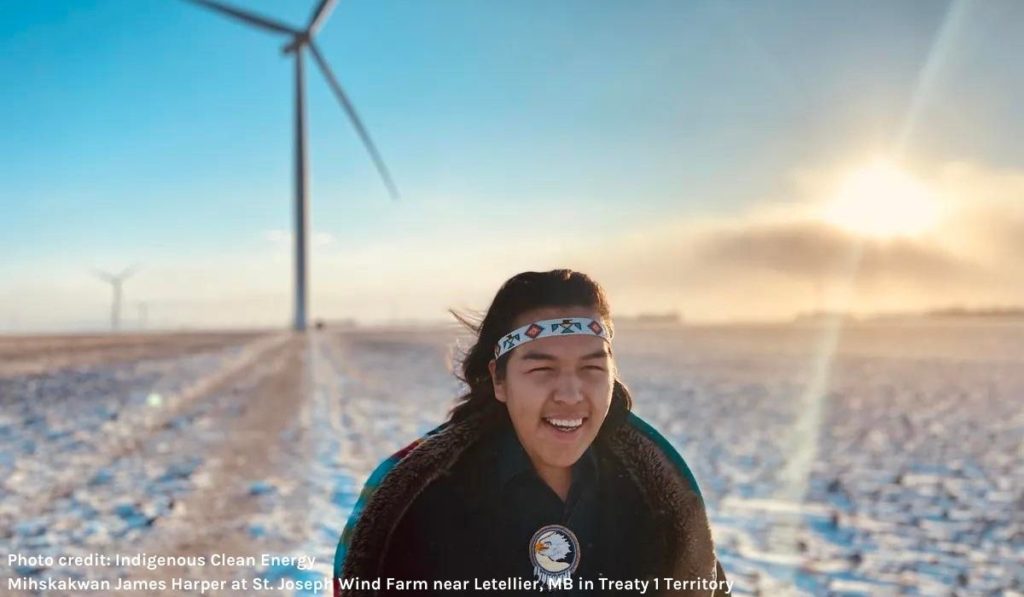
In 1996, a group of parents based in Guelph, Ontario came together with a vision for a different type of school. One which would nurture their children, teach to their developmental needs, and inspire a lifelong love of learning through the Waldorf Education philosophy.
And so the first Waldorf school in the Tri-cities area was born. Initially opening their doors to 21 children in a local church building, the school has since grown to over 20 faculty and staff, and 175 students from grade one to eight.
In 2005, the school relocated for its third time to a beautiful 3 acre property next to the Guelph Lake Conservation Area. It was everything they needed, with nature abound and space to grow.

In early 2021, an opportunity arose to purchase the property from longtime supporters, Christine Golec and Mark Carragher. For Trillium, this meant the opportunity to avoid future rent increases, save on property taxes, and therefore become more financially sustainable and stable. Owning the property also means that they will be able to expand their programming and facilities to better meet the needs of their students and families.
The Waldorf School’s philosophy centers around community, so the choice to fund the project through the use of community bonds was a natural one. “I’ve always been interested in bonds as a way for community members to make a fair return while also keeping their money local,” says Ian Digby, former Trillium Parent and Chair of the Trillium Rising campaign. “Community bonds will give our supporters the opportunity to make a solid investment, while also allowing them to support our amazing school.”
Le site Trillium Rising campaign will raise $2 million in community bond investments and $1 million in donations, over $830,0000 of which has already been secured. With investment minimums as low as $1,000 and interest rates as high as 4%, Trillium Bonds have been designed to attract a wide range of bond purchasers from everyday Canadians, to corporations, foundations and Waldorf Education supporters.

“We’ve intentionally launched a series of bonds to suit a wide array of people in our community, while offering them a competitive return at the end of each year” says Mike Craig, Chair of the Board of Directors. “Our bonds will appeal to investors as they are backed and secured by our real estate and allow funds to stay within the community.”
Trillium Waldorf students, families, alumni and community see this campaign as a critical step for the maturing school, helping to expand enrollment, facilities and programming. “Buying the school right now will give us a foothold for the future. We want to be able to grow, and one day even have a Waldorf high school in Guelph,” Ian says with a proud smile.
Driven by a strong belief that Waldorf education should be accessible to all families, Trillium Waldorf has also committed to a Tuition Adjustment Program for students. “We have a sliding scale to ensure that the acceptance of a child doesn’t depend on their economic status,” explains Ian. “We hope to be able to grow this program further in the future.”
It is clear from the way Ian speaks about the school that he, like all Trillium Waldorf parents and students, has a strong bond to the school and community. “I believe that Waldorf education is very special. It’s hands-on and allows children to learn in a beautiful way at their own developmental rate. It has had a profound impact on my own children and supported them to become the free-thinking individuals that they are today.”

This campaign will allow Trillium Waldorf to continue providing the extraordinary Waldorf Education that develops bold, courageous, loving and giving citizens well into the future.
“We want to build the foundation for the next 25 years of Waldorf education in Guelph,” says Ian smiling again, “I am looking forward to that time in another 25 years when we can gather and celebrate the 50th anniversary of Trillium and know that we laid those foundations through this campaign today.”
Learn more about Trillium Waldorf School and how you can invest by visiting their website ici, and register for their upcoming information session.


 We have supported in raising and managing investment for 53 community energy projects in Canada. Our work dates back to supporting Canada’s very first renewable energy co-operative, WindShare. Their wind turbine project at the CNE is collectively owned by over 600 community members and Toronto Hydro, and has become a beacon for community-led climate action.
We have supported in raising and managing investment for 53 community energy projects in Canada. Our work dates back to supporting Canada’s very first renewable energy co-operative, WindShare. Their wind turbine project at the CNE is collectively owned by over 600 community members and Toronto Hydro, and has become a beacon for community-led climate action. We echo the
We echo the
Commentaires récents